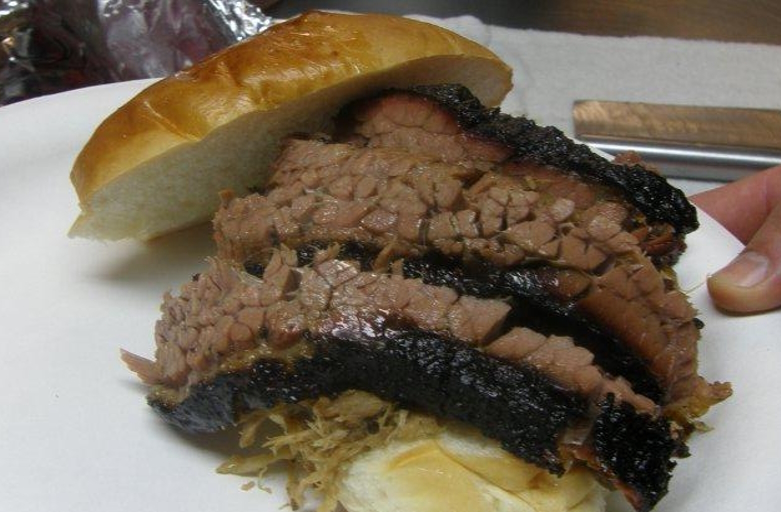
Beef brisket is best when you smoke it low and slow.
Some Interesting Facts About Smoked Brisket
Slow-smoked beef brisket is a popular and delicious barbecue dish that originates from Texas, United States. It is prepared by smoking a beef brisket cut, which comes from the lower chest or pectoral muscles of the cow, over low, indirect heat for an extended period. The slow cooking process helps tenderize the tough cut of meat and infuses it with smoky flavors.
Here are some key details about slow-smoked beef brisket:
- Preparation: Before smoking, the brisket is usually seasoned with a dry rub consisting of a mixture of spices such as salt, black pepper, paprika, garlic powder, onion powder, and sometimes additional herbs and spices. The dry rub is applied generously to all sides of the meat and left to sit for a few hours or overnight to enhance the flavor.
- Smoking: Traditional smokers, such as offset smokers or barrel smokers, are commonly used for slow-smoking brisket. These smokers utilize hardwood charcoal or wood, such as oak, hickory, or mesquite, to generate the smoke and maintain a low and steady temperature. The ideal smoking temperature for brisket is around 225-250°F (107-121°C). The cooking process can take anywhere from 8 to 14 hours, depending on the size and thickness of the brisket.
- Smoke Ring: During the smoking process, a desirable feature called the “smoke ring” can form around the exterior of the brisket. This pinkish-colored ring is a reaction between the meat’s myoglobin and the gases and compounds present in the smoke. It is a characteristic sign of properly smoked barbecue.
- Stall: One common phenomenon that occurs during the cooking process is the “stall.” The brisket’s internal temperature can reach a point where it seems to plateau and stops rising for a while. This is caused by evaporative cooling as the meat sweats and moisture evaporates from its surface. The stall can last for several hours before the temperature begins to rise again.
- Resting and Slicing: After the brisket reaches its target internal temperature (around 195-203°F or 90-95°C), it is removed from the smoker and allowed to rest for a period, usually wrapped in foil or butcher paper. This resting period helps redistribute the meat’s juices and makes it more tender. Once rested, the brisket is sliced against the grain into thin slices, typically served with barbecue sauce on the side.
Slow-smoked beef brisket is often enjoyed as the centerpiece of a barbecue meal and pairs well with various side dishes such as coleslaw, baked beans, cornbread, or potato salad. The rich, smoky flavors and tender, melt-in-your-mouth texture of the brisket make it a favorite among barbecue enthusiasts.
